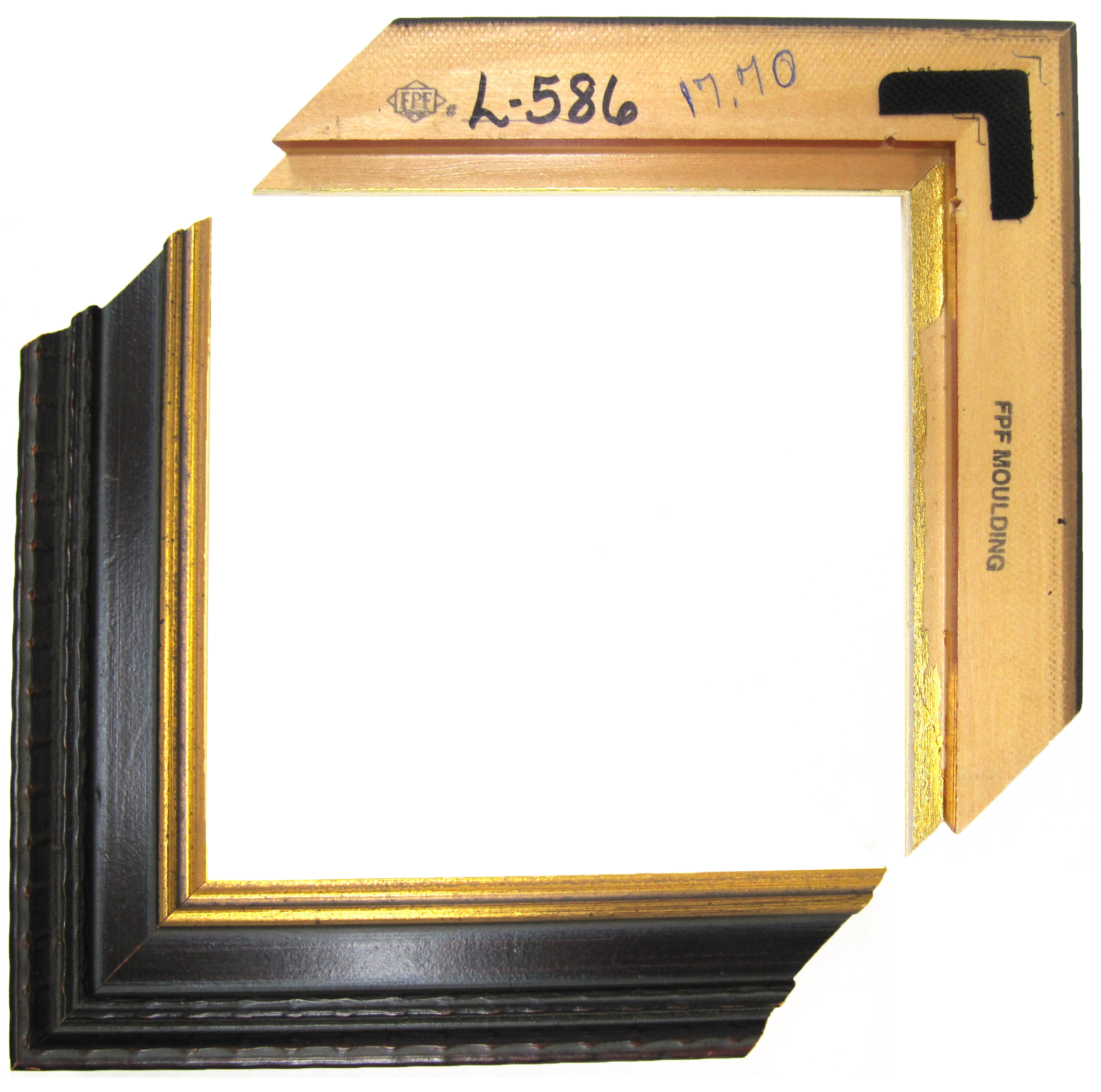Framing Your Art on Paper
Carrabba Conservation does not offer framing services, but we do have years of experience with framing practices and would love to share out knowledge to help you display your art on paper safely.
Archival Framing
Many of the materials used in picture framing can harm your artwork or documents. Poor quality framing materials can accelerate the deterioration of paper-based objects, causing pieces to become brittle, stained, and discolored.
For sensitive pieces, display may not be recommended. Consider having a reproduction made for display and house the original piece in archival housing. See our page on Caring for Your Collection to find information on safely storing your piece.
Ensure your framer is not using the following materials:
Cardboard
Foam boards
Stawboard
Old newspaper
Kraft (brown) paper
Non-archival tapes
Instead, choose these safe, archival materials:
100% cotton rag mat board
Museum board
Coroplast
Archival currogated cardboard
Melinex (archival polyester plastic)
Archival paper (acid-free and lignin-free)
Securing Artwork Inside the Frame
Speak to your framer about how your artwork will be secured in the frame. While not visible outwardly, the method of attachment to secure your art or document inside of the frame should not cause permanent changes to your piece. Non-adhesive photo corners and Japanese tissue are the safest methods of attachment. Hinging with non-archival tape or gummed linen tape may cause staining to your piece. Dry mounting and spray mounting are often irreversible processes.
The ideal attachment is to hinge your piece to a backing board. Some framers choose to hinge to the window mat, but this causes the piece to be in danger of tearing or skinning during future unframing. Your window mat should then be hinged on its longest side to an archival backing board. Window mats left unattached to a backing board are more likely to sag or shift.
Backing Board and Mat Material
Ask your framer about the material used in their mats and backing boards. The best mat to use is 100% cotton rag mat or museum board, which is acid-free and lignin-free. Paper-based mats sold as “archival” and “acid-free” may still contain lignin, so it is best to seek out materials which are classified as “lignin-free.”
For backing boards, acid-free mat board with a secondary backing of Coroplast or archival cardboard is recommended. Foam boards are not recommended.
Glazing
Ensure your glazing has the most UV protection available. However, the most expensive choice may not offer more protection than the most basic UV protective option, so be sure to compare all available glazing choices.
Finding a Framer
Ready to have your piece framed? See our list of Texas framers here:
